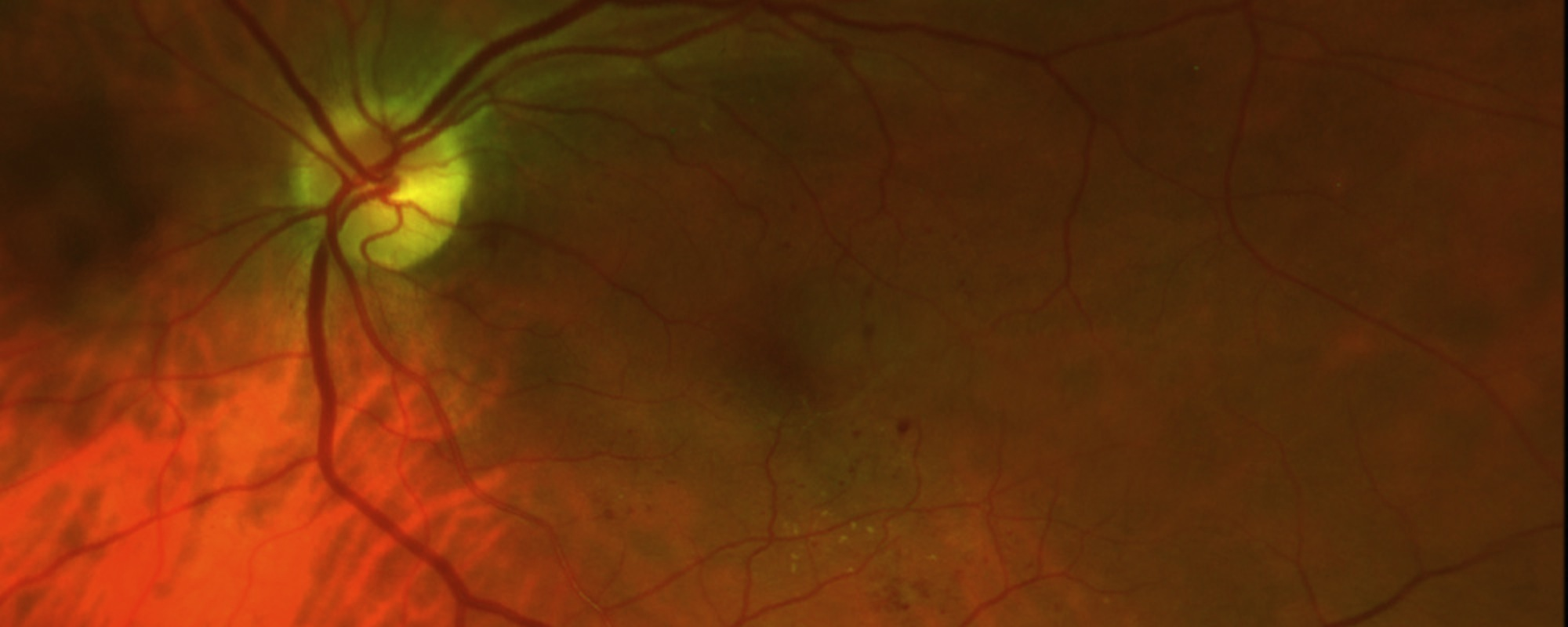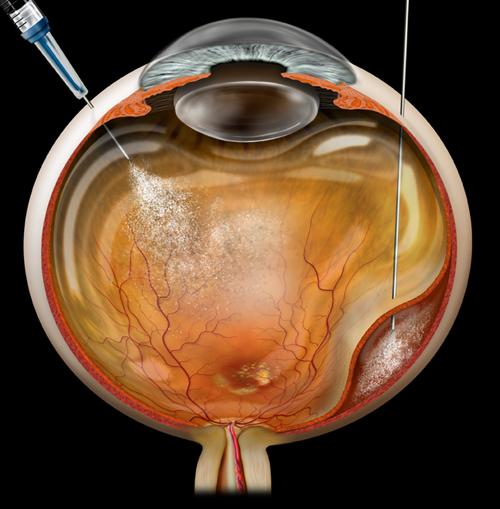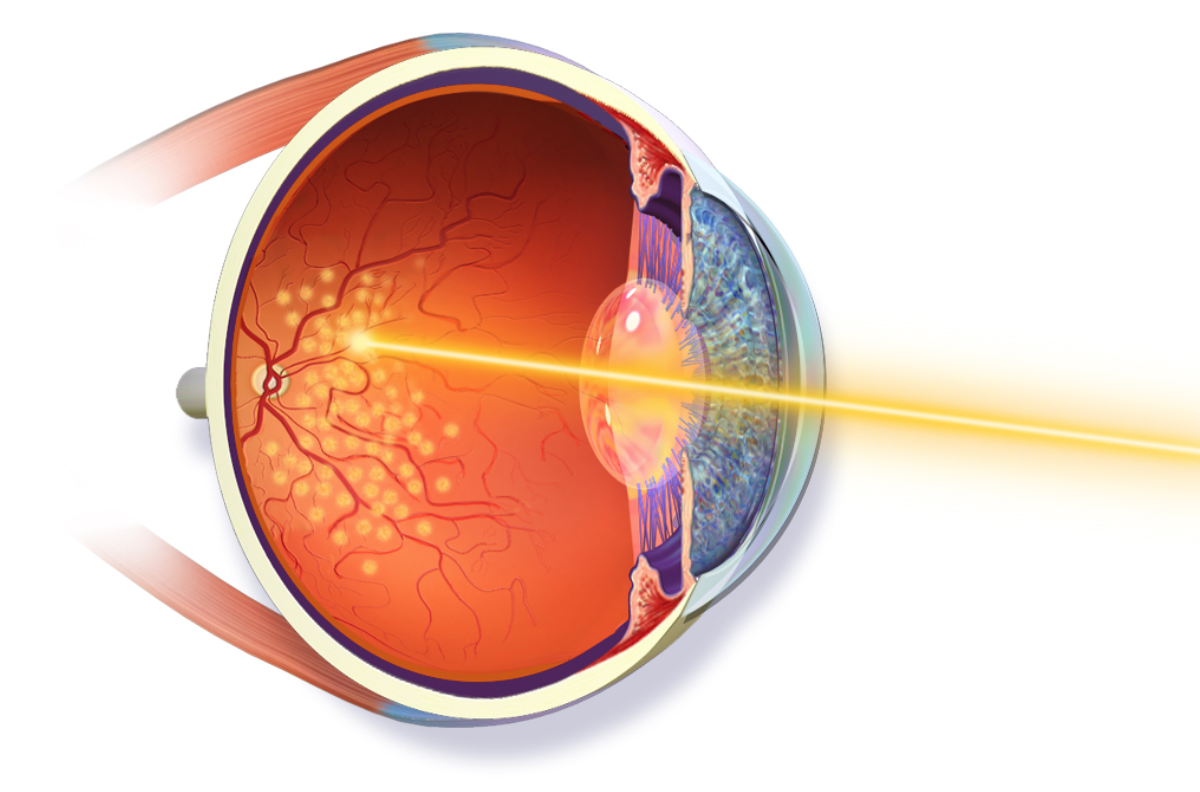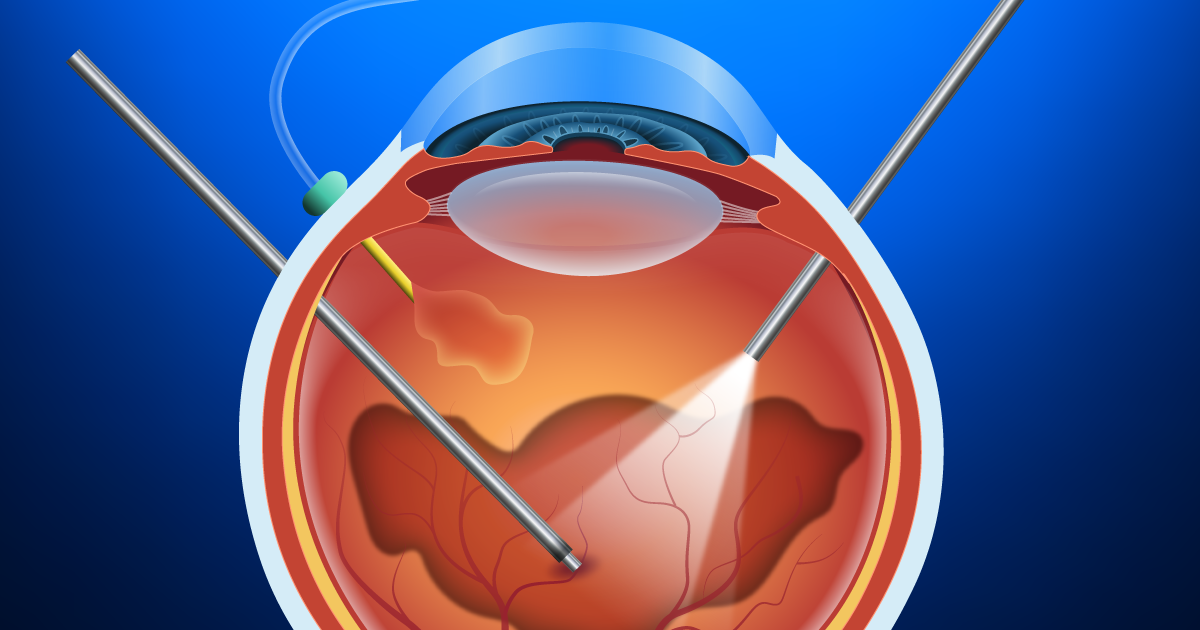Tractional Retinal Detachment
What is it?
A Tractional Retinal Detachment is a disease of the retina, the structure of the eye that detects light. They often occur in diabetic patients and arise from tension on the surface of the retina caused by scarring and new blood vessel growth from diabetes. This can lead to bleeding, vision loss or blurring.
How do I fix it?
Your retina surgeon at Retina Orange County is a board certified ophthalmologist who is uniquely well equipped to handle this problem.
First, your retina surgeon carefully removes the delicate layer of scar tissue on the surface of the retina, which is often the cause of macular holes. The surgeon will then fill the eye with air or a gas bubble to act as a “eye cast”, to allow the retina to heal properly after the surgery. The surgery usually takes about 1 hour to complete.
What can I expect afterwards?
The gas bubble will make your vision extremely blurry until your eye absorbs the gas. This may take from 2-4 weeks for sulfur hexaflouride gas, or 4-6 weeks for perfluoropropane gas.
Also, your eye may be red, swollen, and irritated from the surgery. This is all normal, and may blur the vision as well.
There are no guarantees that your vision will improve. However, in several studies, most patients who had membrane peel surgery, improved their vision considerably.
What drops will I take after the surgery?
Ofloxacin – four times a day for the first week after surgery
Prednisolone- four times a day for two weeks, then three times a day for a week, then two times a day for a week, then one time a day for a week.
What are the risks of the surgery?
Most of our patients who have not had cataract surgery will likely develop cataracts within a year of the surgery. Luckily, our cataract surgeon partners can help with this issue. This is a common finding after vitrectomy surgery and is to be expected in most patients.
Infection may also occur, but it is extraordinarily rare. Pain is very common, but is often controlled with pain medications given after the surgery. There will be no pain during the surgery since you will be given an anesthetic injection around the eye and may even be asleep or in a twilight state for the surgery. Increases in eye pressure may also occur, but is usually easily controlled with eye drops.
Retinal detachment is also a uncommon event after surgery. This may require additional surgery to fix, and may lead to vision loss.
When do I come back for followup?
Our usual followup plan includes visits at one day, one week and one month after the surgery. We usually suggest waiting at least 3 months before getting new glasses. If you have not had cataract surgery, then we will likely suggest cataract surgery from 3 months to a year after the surgery, if needed.








